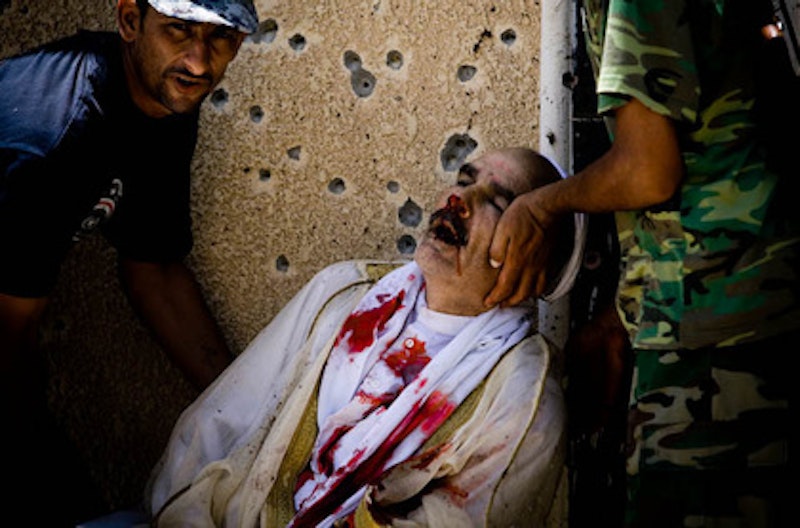The cost of the wars in Iraq and Afghanistan is constantly touted in debates: the financial debt that will burden our children, the damage to the United States' image abroad and the growing risk of terrorist blowback. But too many times we forget the human tragedy of war: the 4,000-plus American service men and woman who have died remains an abstract concept. The horror of each individual death seems to be lessened in public discourse when represented with numbers in the form of statistics.
Images seem to have the power to break this barrier. An image shows that what is just a number now was previously a person who lost his or her life. Pictures have the ability to excite, motivate and inform with a power words alone cannot convey. Given this, it makes sense that the government would want to control the images coming out of Iraq.
When Zoriah Miller, a freelance photographer, took images of Marines and Iraqis killed in a June 26 suicide attack and posted them on his Web site, he became the latest target in a censorship campaign that has been raging since this war began. In retaliation, Miller was prohibited from being embedded with U.S. soldiers and was prohibited from traveling in Marine-patrolled areas of Iraq. The New York Times reported that Maj. Gen. John Kelly, the commander in Iraq, attempted to have Miller barred from all U.S. military facilities throughout the world.

